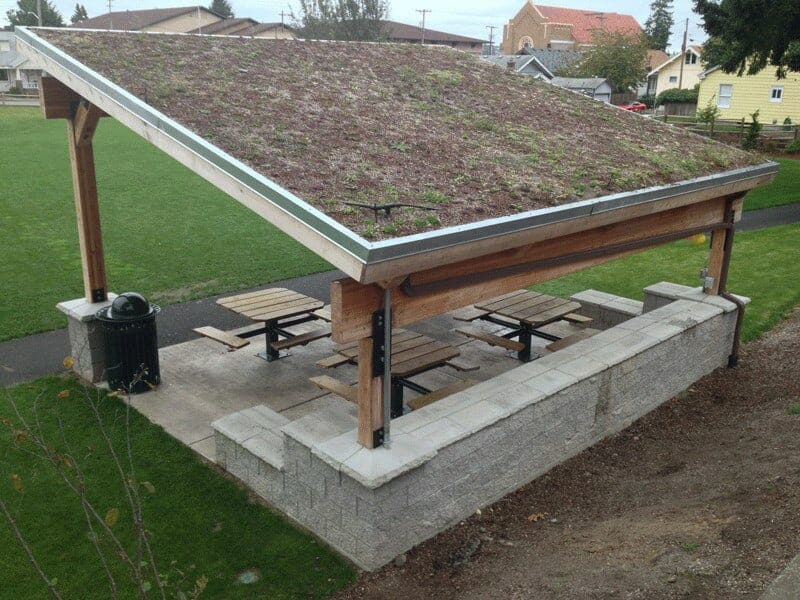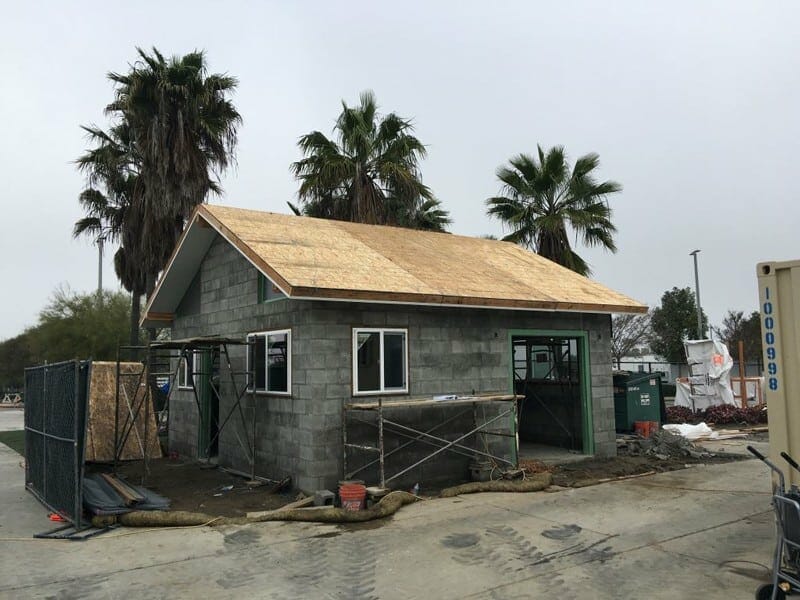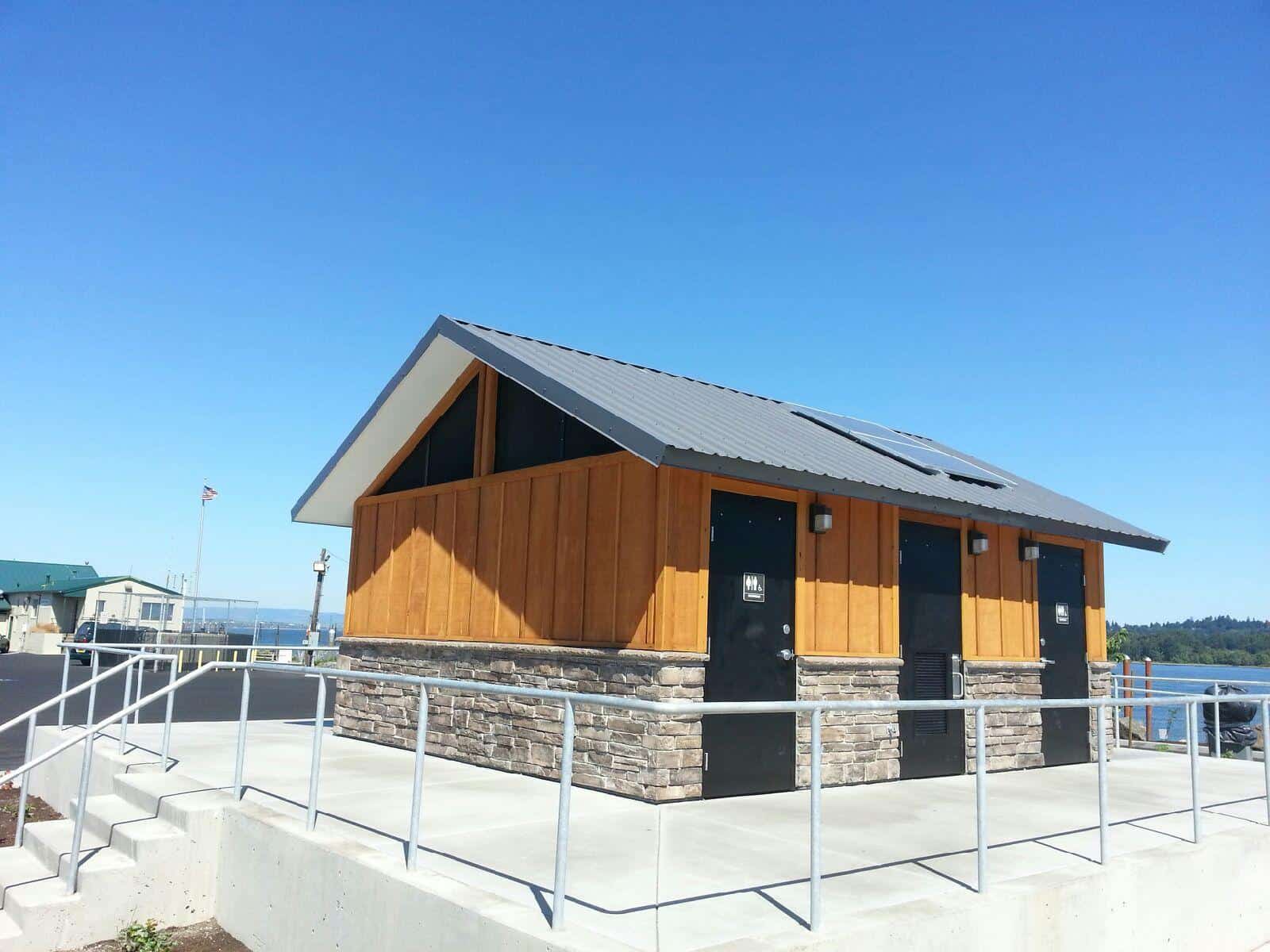
Environmentally friendly buildings are becoming increasingly popular. There are substantial benefits for “going green” on your building’s design, and probably the most important benefit is saving money. Romtec specializes in the design, supply, and installation of buildings and structures for any application, including eco-friendly buildings. When designing these sustainable buildings, we examine the structure, accessories, building materials, and even the building orientation to see how we can increase energy efficiency. There are many factors that affect a building’s energy efficiency, and when the subject comes up, many people will think of solar power first as eco-friendly. The truth is that building insulation is perhaps the most important factor for a green and energy efficient building.

The Value of Building Insulation
Insulation is something inherent in every building. Good Insulation resists heat transfer that, in turn, reduces heating and cooling bills year round. The effectiveness of insulation usually depends on the material used and is measured with an R-value. Romtec buildings are site-built and typically constructed with 8” thick CMU block, which offers basic insulation benefits. Other buildings, especially those with a focus on saving energy, can be constructed with structurally insulated panels or SIPS. These panels can be engineered as walls for the best insulation value. Romtec uses SIPS that are constructed with two layers of recycled OSB around a central foam layer. These offer much better R-values than CMU and are considered to be one of the most eco-friendly building materials available. SIPs can also be engineered to function as other building units.
Heat doesn’t only escape through walls, and roofs are a source of significant heat loss in buildings. Romtec can use SIPs for the roof structure to save money and mitigate heat loss without constructing a loft area. Another way to provide eco-friendly structures and to inspire your community is installing a living roof. These roofs offer numerous benefits. One primary benefit, especially in urban areas, is the mitigation of stormwater. Green roofs absorb stormwater and then slowly release it over several hours, relieving stormwater infrastructure. Living roofs help with Heat Island Effect, where urban environments store heat and remain hot for hours after the sun goes down. Metal roofs also prevent heat storage. Additionally, living roofs last longer than standard roofs because they resist harmful UV rays. Living roofs can have significant upfront costs, but with proper maintenance, they easily outlast standard materials. Beyond insulation of the walls and roof, accessories also impact the energy efficiency of a building.
Sustainable Water Heater Options
Choosing to use Energy Star and WaterSense labeled products is the best sustainable option for using your resources efficiently. For example, today’s standard toilets use 1.6 gallons of water per flush (GPF). Today’s low-flow toilets, on the other hand, use 20% less water with only 1.3 GPF. On public restrooms, these savings add up significantly over the restroom’s life-cycle. WaterSense labeled products are all tested and approved as efficient. Energy Star products offer similar levels of efficiency for electrical products, like lights, HVAC systems, and water heaters. Buildings that need hot water can choose from traditional hot water heaters in a range of tank sizes, but another option is a tankless water heater. These are very energy efficient because they do not maintain a constantly heated reservoir. By heating water as it passes through the pipes, a constant supply of hot water is available without a tank. Though, it still requires power.

Implementing Solar Panels
One way to ensure a constant supply of power is with solar energy. Solar power is commonly associated with high upfront costs, but today that isn’t necessarily true. According to the solar resource guide website, the price for residential solar power installation has dropped 45% since 2010 and is only getting more affordable. Romtec has included solar power packages on many of our past buildings, which are sometimes located in remote areas with little to no access to the power grid. Other times we have include solar power on ec0-friendly buildings and sustainable structures. Supplementing your power needs with solar panels can lower utility bills, excess power generated can be fed back into the power grid for even more savings. Solar power may not have as big an impact as building insulation, but its impact is continuing to grow for environmentally friendly buildings.

Utilizing sustainable buildings designs is the best way to maximize your building’s efficiency and save money. The upfront costs are sometimes higher, but throughout the building’s life-cycle, the cost savings can add up to a significant benefit. Some projects may even qualify for government grants and rebates for implementing including environmentally friendly components. Whether your goal is to save the environment, earn points towards a LEED certification, or just to save money, implementing sustainable building practices has never been easier with Romtec.


Comments 2
Thank you for sharing this topic about designing environmentally-friendly buildings subject. I had fun reading about the value of building insulation. Let us know if there is a need for information about quality panels for upcoming content.
Great Article. I’ ve always thought the living roof was a great idea, its just not practical in most areas.